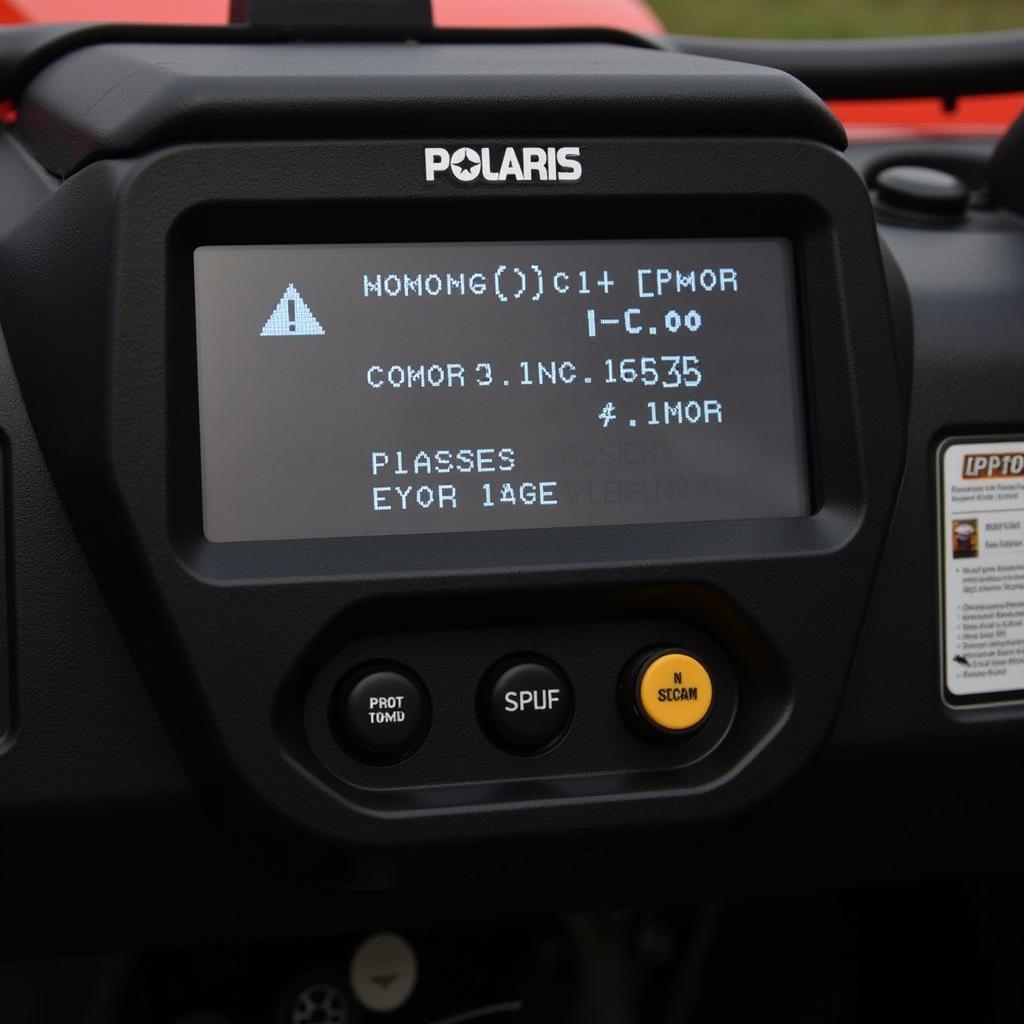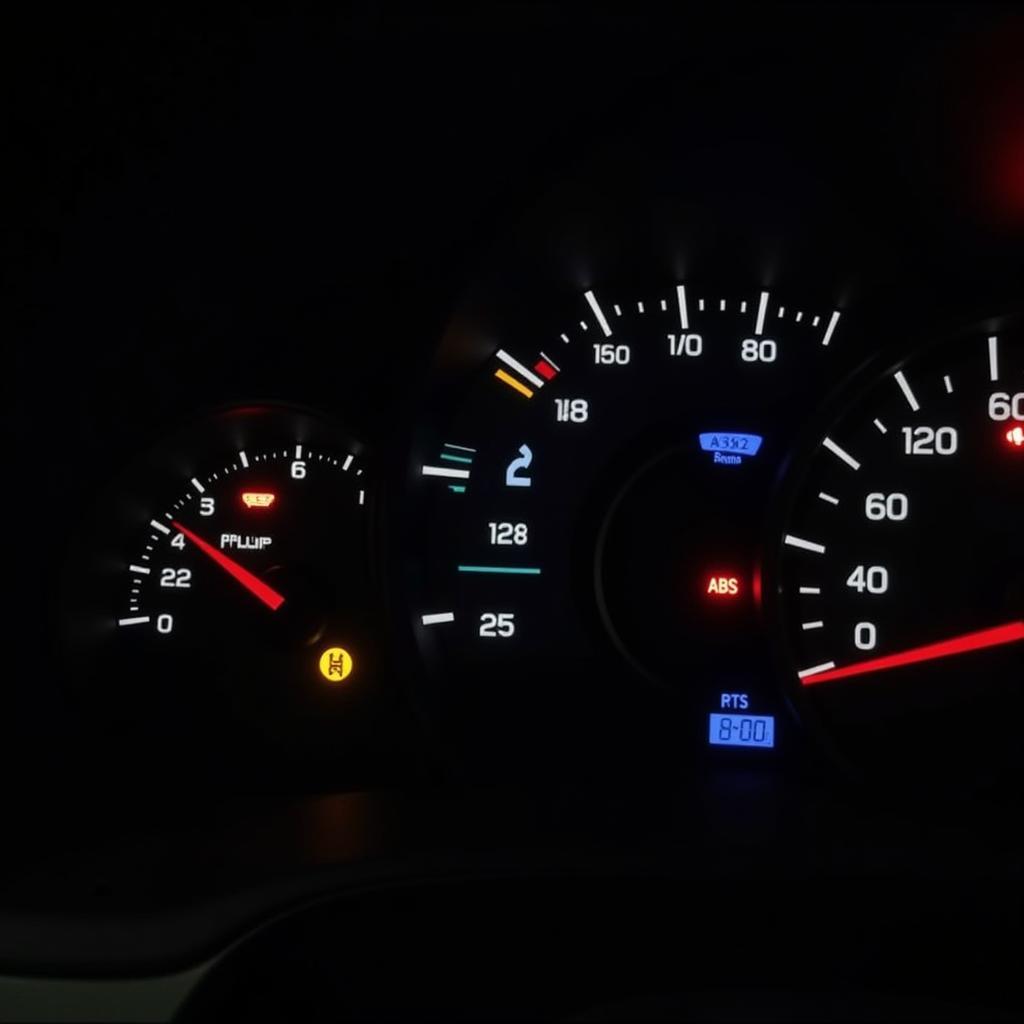Understanding How To Read Scan Tool Live Data is crucial for efficiently diagnosing and repairing modern vehicles. Whether you’re a seasoned mechanic or a car enthusiast, this guide will equip you with the knowledge to interpret live data and pinpoint those elusive car problems.
Demystifying Scan Tool Live Data
Live data, also known as running data or real-time data, refers to the continuous stream of information transmitted from your vehicle’s various sensors to the scan tool. Unlike stored codes that only indicate past events, live data provides a snapshot of your engine’s performance in real-time. This allows you to identify intermittent issues that might not trigger error codes, giving you a dynamic view of your car’s health. A 20 car scanner will be able to provide this kind of valuable live data.
Essential Parameters to Monitor
While the specific parameters available may vary depending on the scan tool and vehicle model, some crucial data points to focus on include:
- Engine RPM: Indicates engine speed and can help diagnose issues like misfires or a struggling starter.
- Vehicle Speed Sensor (VSS): Displays the vehicle’s speed and can be used to diagnose transmission problems or speedometer discrepancies.
- Coolant Temperature: Essential for identifying potential overheating issues or a malfunctioning thermostat.
- Oxygen Sensor (O2): Measures the oxygen content in the exhaust, indicating the air-fuel mixture efficiency.
- Mass Air Flow (MAF) Sensor: Measures the amount of air entering the engine, crucial for fuel injection calculations.
[image-1|mass-air-flow-sensor-reading|Example of a mass air flow sensor reading|A screenshot of a scan tool displaying the live data reading from the mass air flow sensor, showing a value within the normal operating range.]
Interpreting Live Data: A Step-by-Step Approach
-
Connect Your Scan Tool: Ensure the vehicle’s ignition is switched on and connect your scan tool to the OBD-II port, typically located under the dashboard on the driver’s side.
-
Access Live Data Mode: Navigate through the scan tool’s menu to find the “Live Data” or “Data Stream” option.
-
Select Relevant Parameters: Depending on the suspected issue, choose the specific parameters you want to monitor. Most scan tools allow you to select multiple parameters simultaneously.
-
Observe Data Patterns: Pay close attention to the displayed values and how they change in response to engine load, acceleration, or other driving conditions.
-
Compare with Specifications: Refer to the vehicle’s service manual or a reliable database to obtain the expected values for each parameter. Deviations from these specifications can signal a problem.
[image-2|scan-tool-live-data-comparison|Comparing live data to factory specifications|A split-screen image showing live data readings from a scan tool alongside the factory-specified values for those parameters, highlighting any readings outside the acceptable range.]
Common Live Data Red Flags
-
Fluctuating RPM at Idle: Could indicate a vacuum leak, faulty idle air control valve, or spark plug issues.
-
Inconsistent O2 Sensor Readings: May signal a failing O2 sensor, exhaust leak, or a problem with the fuel system.
-
High Coolant Temperature Without Engine Load: Suggests a potential issue with the thermostat, radiator fan, or coolant flow.
-
Low Fuel Pressure: Might point to a malfunctioning fuel pump, clogged fuel filter, or a problem with the fuel pressure regulator.
-
Erratic Throttle Position Sensor (TPS) Readings: Could indicate a faulty TPS, wiring issue, or problem with the throttle body itself.
Expert Insights:
“Live data is like a window into your car’s brain,” says John Miller, a veteran automotive engineer with over 20 years of experience. “By learning to interpret these real-time signals, you gain a deeper understanding of your vehicle’s health and can diagnose problems with greater precision.”
Conclusion
Mastering the art of reading scan tool live data is an invaluable skill for anyone involved in automotive repair or simply interested in their vehicle’s performance. This guide provides a solid foundation for understanding and interpreting live data, empowering you to tackle car problems with confidence. Remember, a reliable scan tool, like the b200 scan tool, is essential for accessing and analyzing this valuable data. For further assistance or to discuss your specific needs, don’t hesitate to contact the experts at ScanToolUS at +1 (641) 206-8880 or visit our office at 1615 S Laramie Ave, Cicero, IL 60804, USA.


